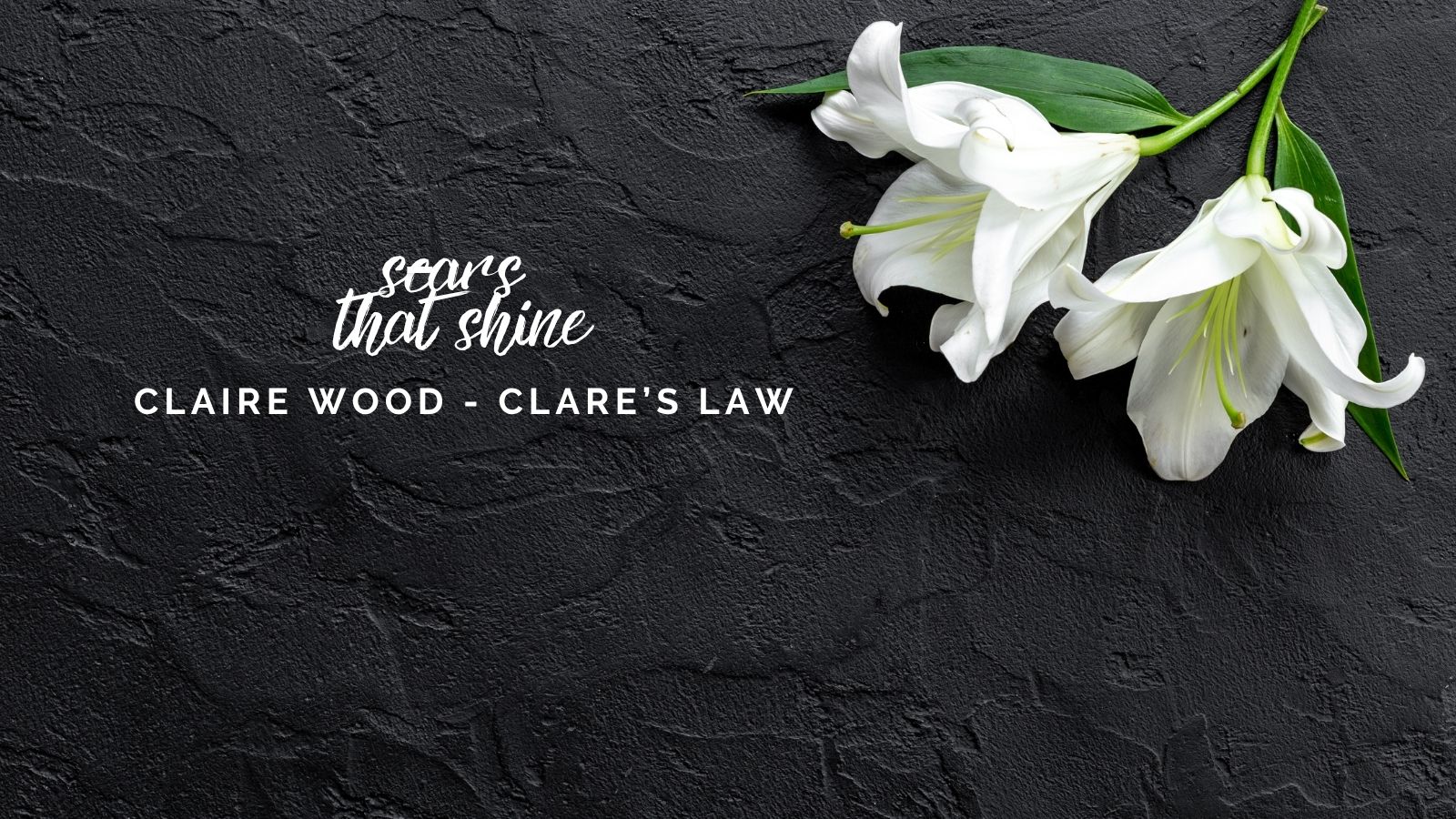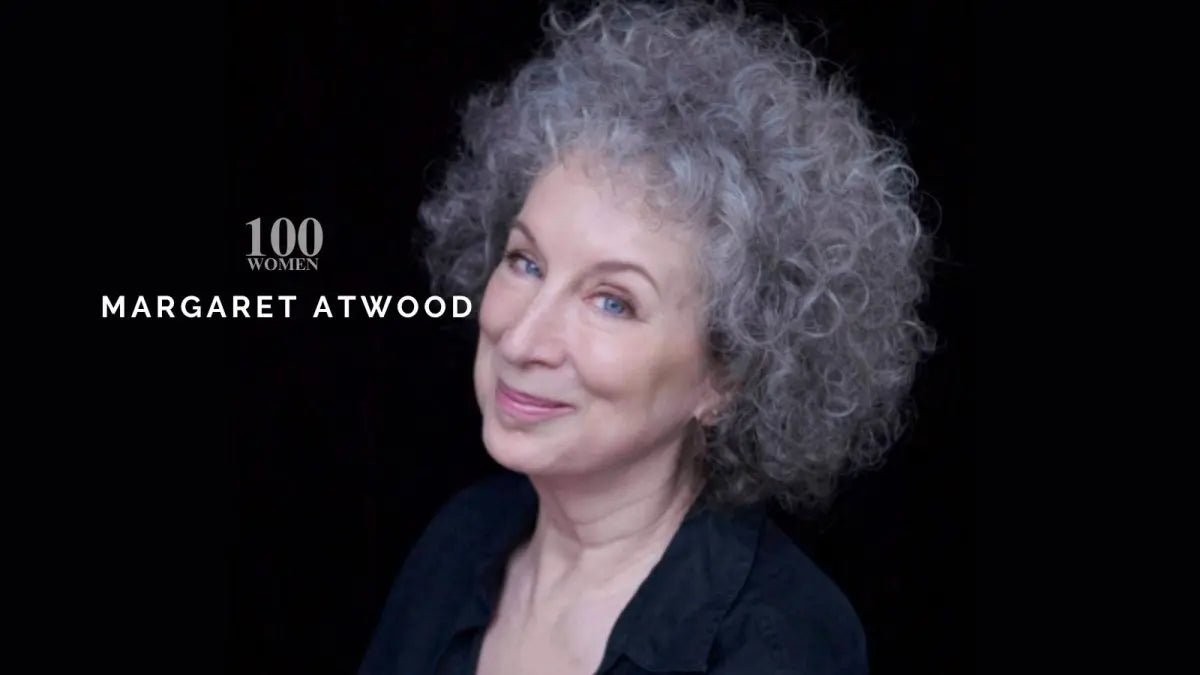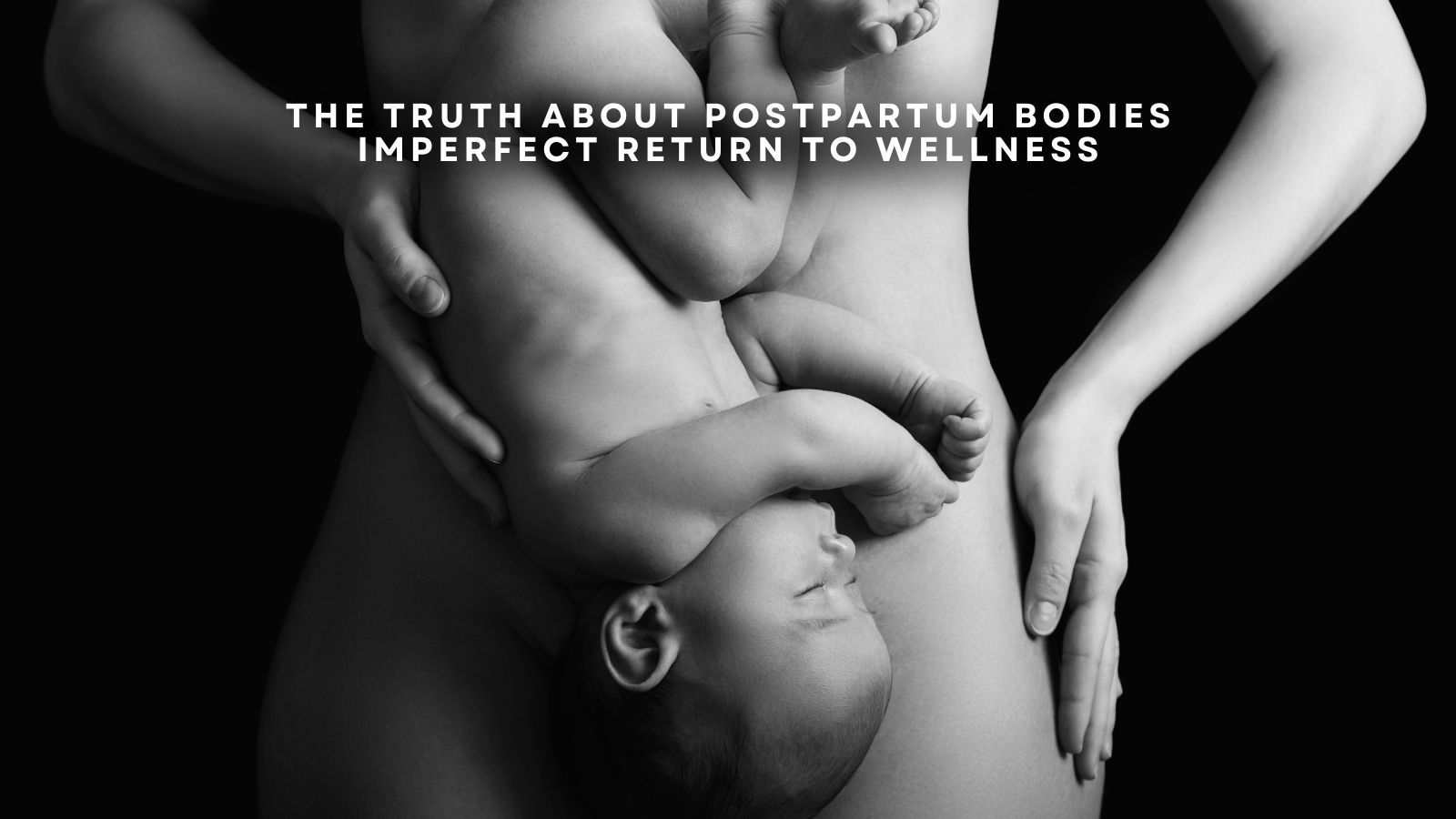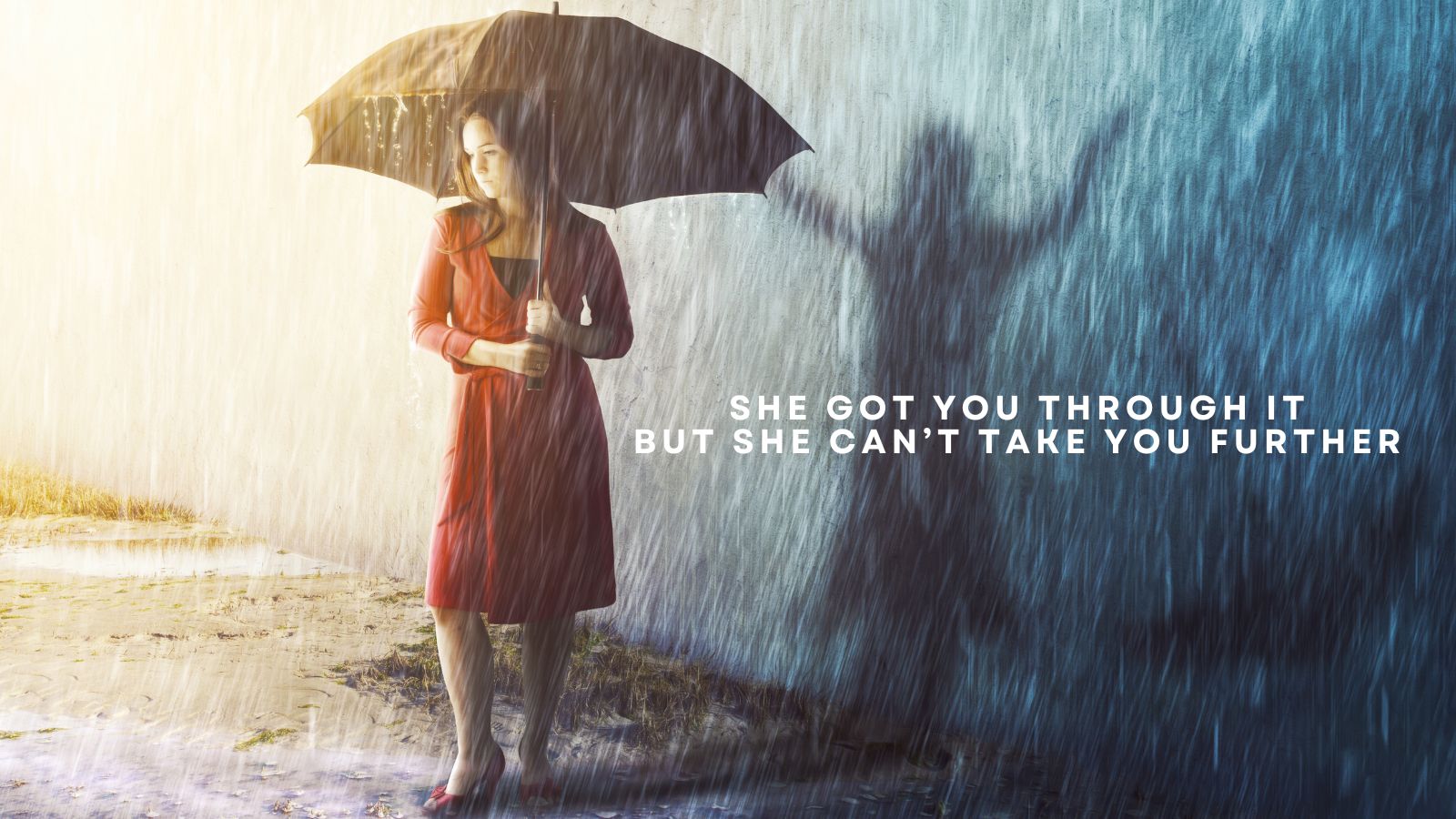
I've seen my share of young adult adaptations, and Netflix's "A Good Girl's Guide to Murder," based on Holly Jackson's wildly popular novel, arrived with significant anticipation. This series attempts to translate the gripping, true-crime podcast-style narrative of the book to the screen, and for the most part, it succeeds in capturing the essence of its source material while carving out its own visual identity.
"A Good Girl's Guide to Murder" introduces us to Pippa "Pip" Fitz-Amobi (Emma Myers), a seemingly ordinary, academically driven high school student in the quiet town of Fairview. For her senior capstone project, Pip decides to investigate the five-year-old murder-suicide case of Andie Bell and Sal Singh. The official story is that Sal, Andie's boyfriend, murdered her before taking his own life. However, Pip, who knew Sal and believed in his innocence, suspects there's more to the story.
Her investigation quickly turns into a full-blown amateur detective mission, aided by Sal's younger brother, Ravi Singh (Zain Iqbal), who is desperate to clear his family's name. As Pip digs deeper, she uncovers a web of secrets, lies, and hidden connections within their seemingly idyllic town. She interviews former friends, family members, and even the police, meticulously piecing together timelines and inconsistencies.
SPOILER ALERT: The series meticulously follows the book's twists and turns. Pip and Ravi discover that Andie Bell was not the innocent victim she was made out to be; she was involved in drug dealing, blackmail, and had multiple secret relationships. The true killer is revealed to be Jason Bell, Andie's father, who accidentally killed her in a fit of rage after she threatened to expose his affair with Pip's teacher, Miss Stanley. He then framed Sal Singh, knowing Sal was already a convenient scapegoat due to his relationship with Andie. The series culminates in Pip and Ravi exposing Jason, bringing a semblance of justice to both Andie and Sal, though not without significant emotional cost to Pip, who finds herself deeply scarred by the dark truths she unearthed.
Acting and Characters. Emma Myers as Pip is undoubtedly the standout. She perfectly embodies Pip's intelligence, tenacity, and moral compass, while also subtly conveying her growing disillusionment and trauma as the investigation progresses. Myers manages to make Pip relatable and deeply empathetic, carrying much of the narrative weight on her shoulders. Zain Iqbal, as Ravi, provides excellent support. His portrayal of Ravi is nuanced, balancing his initial scepticism and grief with a burgeoning trust and admiration for Pip. Their chemistry is a definite highlight, evolving from a wary partnership to a genuine, heartwarming friendship. The supporting cast, while not always given extensive screen time, largely delivers credible performances, particularly those portraying the various suspects and townspeople whose secrets are slowly peeled back.
Directing. The direction effectively translates the novel's unique narrative style. Director Dolly Wells employs a mix of traditional cinematic storytelling with visual elements that mimic Pip's investigation – on-screen text messages, social media posts, and visual representations of Pip's "murder board" and interview notes. This stylistic choice keeps the audience engaged in Pip's process, making us feel like we're solving the mystery alongside her. The pacing is generally well-managed, building suspense effectively, though there are moments where the exposition feels a little rushed to fit the season's length.
Themes. The series delves into several compelling themes. At its core, it's a story about truth and justice, challenging the idea of a closed case and highlighting the dangers of preconceived notions and societal biases. The theme of grief and reputation is central to Ravi's journey, as he fights to clear his brother's name. It also explores the dark underbelly of small-town life, revealing how secrets can fester and destroy lives. Furthermore, Pip's journey touches upon the loss of innocence and the heavy burden of knowledge, as she grapples with the disturbing realities she uncovers.
Cinematography: The cinematography, while not groundbreaking, is effective in establishing the mood. Fairview is often depicted with a slightly muted, almost melancholic palette, hinting at the hidden darkness beneath its quiet surface. Close-ups on Pip's face effectively convey her internal struggles and determination. The visual representation of Pip's investigation, with its overlays and graphic elements, is a clever way to maintain the book's distinctive feel and keep the narrative dynamic.
Originality. While the "teen detective solves cold case" trope isn't entirely new, "A Good Girl's Guide to Murder" distinguishes itself through its meticulous, procedural approach to the investigation and its unflinching look at the darker aspects of human nature. The novel's format, with its inclusion of interview transcripts and project notes, was inherently original, and the series does a commendable job of translating that originality to a visual medium. The focus on Pip's methodical, almost academic approach to crime-solving feels fresh compared to more intuitive or action-oriented teen detectives.
Emotional Impact. The series certainly has an emotional impact, primarily through Pip's journey. Viewers will feel her frustration, fear, and eventual trauma. The injustice faced by Sal Singh and his family is also deeply felt. The ending, while providing closure, leaves Pip visibly changed, which resonates strongly. However, as noted, some of the more shocking revelations could have been given a bit more breathing room to maximise their emotional weight.
Viewer Feedback. Initial viewer feedback has been overwhelmingly positive, particularly from fans of the book who appreciate the series' faithfulness to the source material. Many praise Emma Myers' performance and the chemistry between Pip and Ravi. The show has been lauded for its gripping plot and its ability to keep audiences on the edge of their seats. Some minor criticisms echo my own regarding the pacing of certain reveals and the depth of supporting characters, but overall, it's been well-received as a compelling and well-executed mystery series.
Strengths:
Faithful Adaptation: For fans of the book, this series is a remarkably faithful adaptation, capturing the essence of the characters and the intricate plot.
Strong Lead Performance: Emma Myers is perfectly cast as Pip, delivering a compelling and nuanced performance.
Engaging Mystery: The central mystery is genuinely intriguing, with enough red herrings and twists to keep viewers guessing until the very end.
Dynamic Visual Storytelling: The use of on-screen graphics and text to mimic Pip's investigative process is a smart and engaging directorial choice.
Excellent Pacing: The series maintains a good pace, ensuring that the mystery unfolds at a compelling speed without dragging.
Weaknesses:
Pacing in Later Episodes: While generally well-paced, some of the later revelations feel a bit rushed, perhaps due to the constraints of adapting a dense novel into a limited series.
Underdeveloped Supporting Characters: While Pip and Ravi are well-developed, some of the supporting characters, particularly those who are suspects, could have benefited from more depth to make their motivations clearer or their red herrings more convincing.
Emotional Impact (at times): While Pip's journey is emotionally resonant, some of the more shocking reveals might not land with the full emotional punch they could have, possibly due to the rapid unfolding of events.
"A Good Girl's Guide to Murder" is a compelling and largely successful adaptation that delivers a gripping mystery driven by a strong central performance. It manages to capture the essence of Holly Jackson's beloved novel, offering a smart and engaging viewing experience. While it has minor flaws in pacing and character development for its supporting cast, its strengths in storytelling, direction, and lead performances make it a highly recommended watch for fans of true-crime narratives, young adult mysteries, and anyone looking for a suspenseful binge. It's a testament to the idea that even in the quietest towns, the darkest secrets can lie just beneath the surface.
















